Table of Contents
Fluid
- A fluid is a substance which deforms continually under an applied external shearing force.
- It is a phase of matter which include liquids, gases and plasmas.
- It has no definite shape of its own, but conforms to shape of the containing vessel.
- In like manner utilization, ‘ Fluid ‘is often used as a synonym for “ liquid “, with no implication that gas could also be present.
Definition of fluid
- It may be defined as follows:
- A fluid is a substance which is capable of flowing but they don’t have definite shape of its own.
or
- A fluid is a substance which cause it to undergo a deformation continuously when subjected to external shearing force..
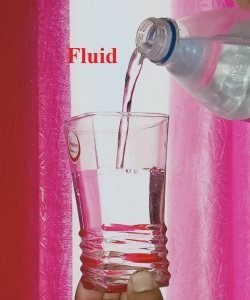
Image. Fluids
Behavior of Fluids
- The analysis of fluids behavior is based on:
i. Fundamental laws of mechanics
ii. Conservation of mass momentum energy and
iv. Laws of thermodynamics
Fluid Mechanics
- Mechanics is the most seasoned physical science that manages both stationary and moving bodies affected by powers.
- The subcategory fluid mechanics may be defined as that branch of Engineering science which deals with the behaviour of fluids under the conditions of rest and motion.
- It includes liquids, gases, plasmas and, to some an extent plastics solids.
- They may be divided into three parts:
1. Statics 2. Kinematics 3. Dynamics
1. Statics
- The study of in -compressible fluids under static conditions is called hydro statics and that dealing with the compressible static gases is termed as aerostatics.
2. Kinematics
- It manages the speeds, increasing velocities and the examples of stream as it were.
3. Dynamics
- It deals with the relations between velocities, accelerations of fluids with the forces or energy causing them.
Application areas of fluid Mechanics
- Mechanics of liquids is critical in numerous territories of building and science. Examples are:-
i. Biomechanics
- Blood flow through arteries and veins
- Air flow in the lungs
- Flow of cerebral fluids
ii. Households
- Funneling frameworks for cold water, petroleum gas, and sewage.
- Piping and ducting network of heating and air – conditioning system.
iii. Meteorology and Ocean Engineering
- Movements of air currents and water currents.
iv. Mechanical Engineering
- Plan of siphons, turbines, air – molding hardware, contamination – control gear, and so forth.
v. Civil Engineering
- Transport of river sediments
- Pollution of air and water
- Flood control systems
vi. Automobile
- IC motor, cooling, fuel stream, outside optimal design, and so on.
Classification of Fluid
- The fluids can be classified as follows:
1. Ideal Fluid
2. Real Fluid
3. Newtonian Fluid
4. Non -Newtonian Fluid
5. Ideal Plastic Fluid
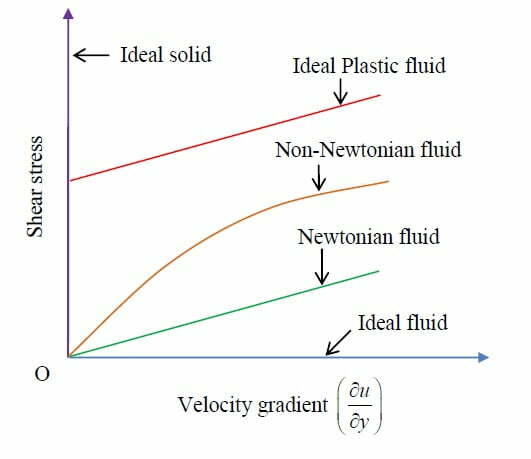
Stress- Strain Graphs of Different Types of Fluid
1. Ideal Fluid
- The liquids which are incompressible and is having no thickness is known as a perfect liquid.
- A perfect liquid is just a nonexistent liquid as every one of the liquids which exist, have some thickness.
2. Real Fluid
- The fluids, which possesses viscosity is known as real fluid.
- Every one of the liquids, in genuine practice, are genuine liquids.
3. Newtonian Fluids
- A real fluids in which the shear stress is directly proportional to the rate of shear strain ( or velocity gradient ) known as a Newtonian Fluids.
4. Non – Newtonian Fluids
- A real fluids in which the shear stress is not proportional to the rate of shear strain ( or velocity gradient ) known as a Non – Newtonian Fluids.
Ω [τyx du / dy ]=0
There are mainly two types of Non – Newtonian Fluids
1. Time independent
a. Pseudo Plastic
b. Dilatent fluid
c. Ideal Bingham
2. Time dependent
a. Thixotropic
b. Rheopectic
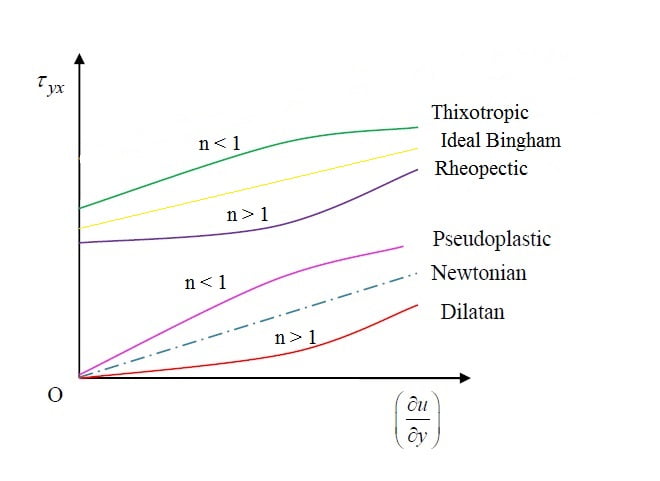
Graph. Non- Newtonian Fluid
1. Time independent
a. Pseudo Plastic
- Pseudo plastic is the higher velocity gradients where the shearing force increases less than proportionally, i.e n < 1 as shown in graph.
- The phenomena of under the influence of movement, the liquid seems to become thinner. Subsequently, it is known as ” Shear diminishing “.
- For example: Blood, milk etc.
b. Dilatent fluid
- In Dilatent, the viscosity of fluids will grow with the rate of shear strain. Here n > 1 and B = 0.
- It is additionally term as ” shear thickening “. For example: Butter solution, sugar solution, rice starch solution etc.
c. Ideal Bingham
- It has some underlying quality past which miss happening begins.
- For example : Tooth paste, creams, sewage sludge etc.
2. Time dependent
a. Thixotropic
- In Thixotropic, fluids which take a finite time to attain equilibrium viscosity when introduced to a steep change shear rate ( n< 1 & B ≠ 0 ).
- They are reversible changes from fluid to solid – like elastic gel.
- Example ; Paints, Printing inks, Gel etc.
b. Rheopectic
- μ increases with time for which shearing forces are applied.
- Here n > 1 & B ≠ 0. Examples – Gypsum paste and Bentonite solution etc.
5. Ideal Plastic Fluids
- The fluids in which shear stress is more than the yield value and shear stress is proportional to the rate of shear strain ( or velocity gradient ) is known as ideal plastic fluids.
Also read: https://mechanicalnotes.com/lubricant-definition-types-purposes-properties-selection-methods/
- The material properties of a fluid, which may vary, sometimes sensitively with temperature, pressure and composition, determine its mechanical behaviour.
Properties of fluids
1. Density
2. Specific weight
3. Specific gravity or Relative Density
4. Specific volume
1. Density
- The mass per unity volume is known as density.
- It is usually denoted by rho ( Ρ ). It’s units are kg/m³, i.e.,
ρ = m / V
2. Specific weight
- It is defined as the weight per unity volume.
- It is usually denoted by w.
3. Specific gravity or Relative Density
- Specific gravity ( Relative Density ) is the ratio of specific weight of liquid to specific weight of a standard fluids.
- It is dimensionless and has no units. It is represented by S.
4. Specific volume
- It is defined as volume per unity mass of liquid.
- It is denoted by ν.
ν = V / m or 1 / ρ
Difference between Fluid and Liquid
| S.NO. | Fluid | Liquid |
| 1. | It is a condition specific to certain substances or it is a subset of matter. | Liquid is one of the three phases or state of matter. |
| 2. | Fluids flow and has some viscosity (thickness). | Fluids additionally streams and it has volume, yet no distinct shape. |
| 3. | Fluids include liquids. | All liquids are fluids. |
| 4. | It is a substance that lacks rigidity. it cannot resist force when it is applied to it. | Liquids can assume the shape of any container or vessel and they are relatively in-compressible. |
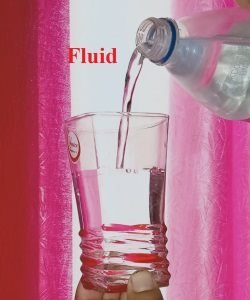

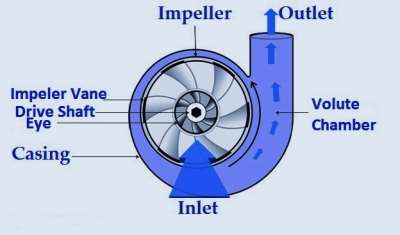
👌👌👍👍